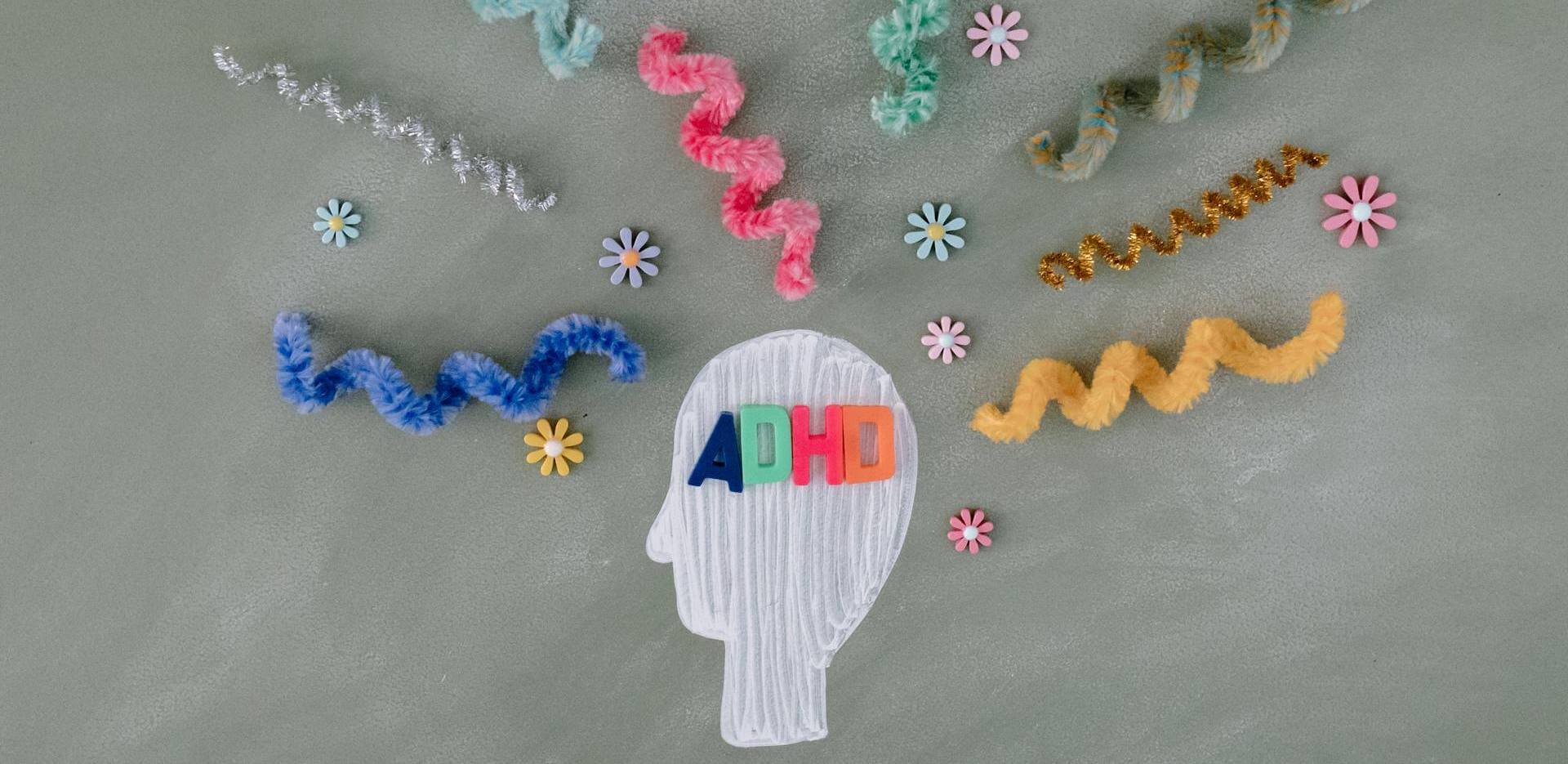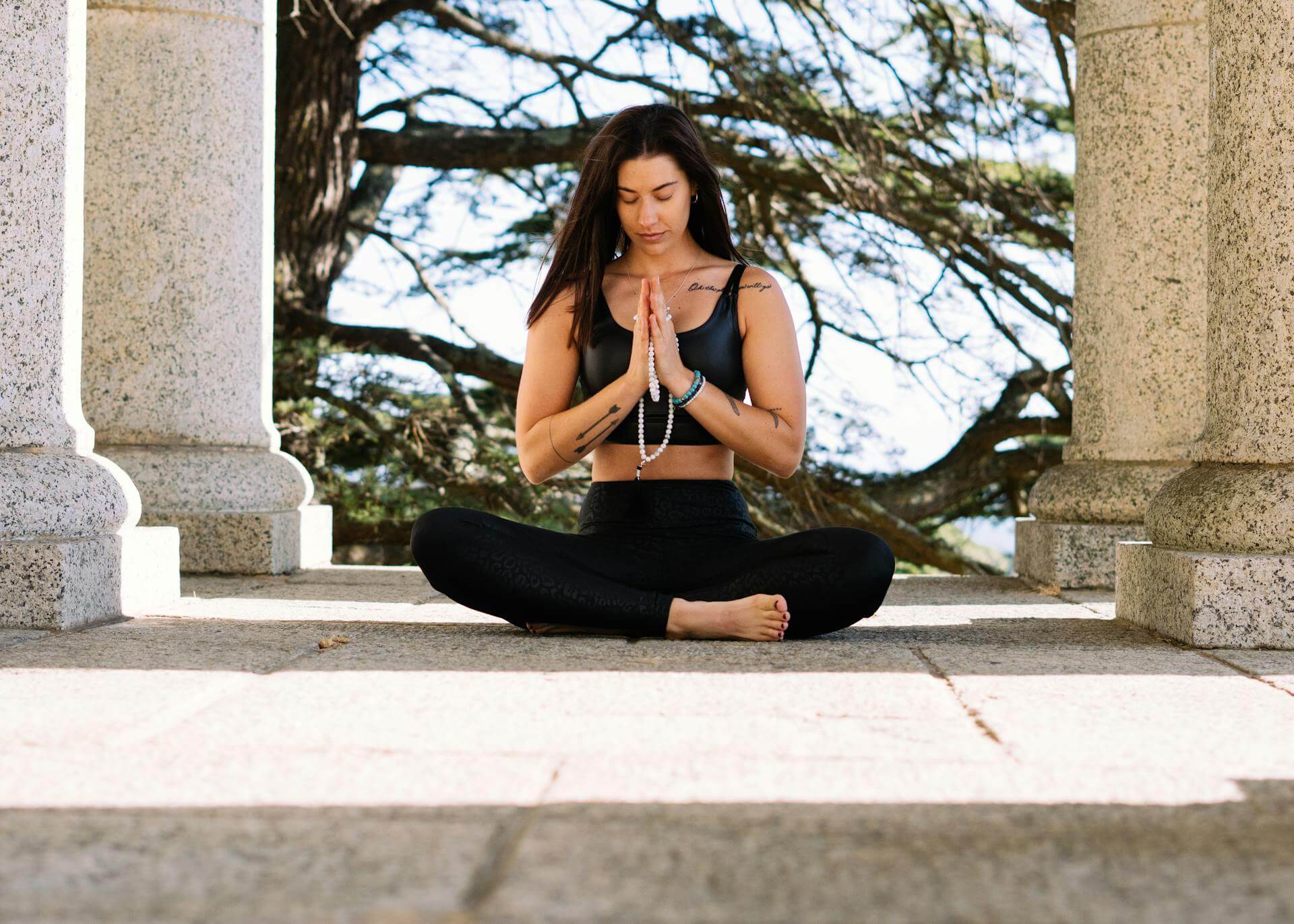
ADHD And the Yoga Teacher
I was diagnosed with ADHD as an adult. I was already teaching yoga, not to mention, at the cusp of starting my own business. It was an exciting time that should have made me joyful. It did not. I was holding something back because I knew myself. I was scatterbrained, disorganized, as well as easily distracted, to name a few. However, the biggest deterrent was guilt and fear. I had a fear of failure and success, While feeling guilty about needing a loan from family or spouse because I would become an inconvenience. I have lived all my life with these grand dreams without the grit to start my journey. It wasn’t until a student of mine opened up about her suspicions about having ADHD. As she defined the disorder, It registered that it aligned with my shortcomings. I decided to seek professional help. After two days of testing, lo and behold a perfect score! In addition to having ADHD, I also acquired a few complications from being a late diagnoseeé of which were severe anxiety and depression.
The year I received my results, became a time for self-reacquaintance. I needed to learn my triggers, insecurities, along with developing coping methods to regulate my emotions. All this work lead to my self-acceptance. All the work I have accomplished made me a better teacher, a better partner, and most importantly, it led me to be kinder to myself–this is nearly impossible if you are a woman with ADHD because you are the queen of self-deprecation.
Having ADHD doesn’t define you in spite of the personality traits you have developed from this disorder. There is no duality. There’s no normal “you” and an ADHD version of you. It’s just yourself, as you´ve always been but now you know the reason behind your quirks. It doesn’t mean that you use your “affliction” ( of which it is not) as an excuse or crutch. It just means that you need to learn how to manage your symptoms so that you may harness your potential.
In this article, We will be discussing adhd from the assumption that one has already received a diagnosis. Why are we doing this from this point? Going from Supposition to Acceptance is a completely different p rocess. One that would take an entire article to unpack. From this standpoint we can start by showing you some techniques I’m using to make my ADHD work for me as a teacher, how to create a bit of work-life-balance, as with some coping mechanisms to help you navigate as a yoga teacher with ADHD.
1. I have ADHD. Now what?
Welcome to the club! As with any disorder, we have our positive and negative aspects. We are excellent at anything we hyperfocus on yet we get bored at the drop of a hat. We are physically repulsed by mundane tasks until we decide to take them on. Then we become relentless. We are constantly in a rush but we manage to arrive late for most events, and we have lost/forgotten our keys more times than anyone we know. Am I getting warm? On a darker note, some of us may have had crippling experiences with guilt and fear of failure and success. We overthink because our minds as well as our bodies are on overdrive. We shine in our light as we cast one of the biggest shadows on ourselves; that’s just who we are. The first thing we need to come to terms with once we definitely find out that we have ADHD. Accept. Then we can start navigating our path. To do this, we need to determine our strong and weak points. I found that working with a book and journal helped me figure out where I stand. ADHD in women is difficult to diagnose since we are mentally hyperactive as opposed to a man with ADHD. Coupled with our society’s expectations of how to behave as a woman, it took time for me and my family to see my condition. I felt guilty when I was myself because I was always told to control my emotions. So look for a book and workbook on ADHD for men or women to get you started on your journey. Learning about my brain helped me piece the mystery musings in my conscience while a workbook/journal aided in how my symptoms appeared, operated, most importantly how I coped when life handed me lemons. I often look back when I feel I need to reflect. I remind myself that there is always a better way to do things.
2. Tackling Day-to-Day Activities
There’s never a boring day for the neurodivergent. We also always seem to feel like we're supposed to do something but can't remember what it is. This is where technology can help us thrive. Google calendar, habit-tracking apps, etc. Use all these advances to help you keep up with your schedule, appointments, classes, practice, and preparation days throughout the week. They have been a blessing for my professional survival. I also opted to keep a journal app to track my emotions so I can see how my mood fluctuates. From there I began to see patterns in my day. I know that I need to exercise and prepare for my classes in the morning because that’s when I’m in hyperfocus/hyperactive mode. I know that by 9 pm, I need to start winding myself down since it takes time before I feel the need to rest. Having my personal tracker (my phone) on hand allowed me to take note of my rhythm so that I could work or rest at appropriate periods.
3. Nurture your creativity
The next time you prepare for your classes, or you’re on hyperfocus mode, let your creativity flow. This is the best part about having ADHD. We are out-of-the-box thinkers. We have such an abundance of ideas that we don’t have a longer lifetime to do them all. So practice the way you want to. Don’t hold yourself back with restrictions like needing to do Surya Namaskar A at the beginning of every class, or use the same yoga poses all the time. Let yourself be inspired. Who knows what you can come up with? Maybe a new method, your signature style, a combination of yogic styles, or incorporating a new yoga prop that you invent. The only thing you have to consider are the students’ safety and preventing injury. Give yourself that time to be you. An optional suggestion is that it might be a good idea to be creative during your alone time. We tend to feel guilty around others when we have unique creative processes and may not want to be seen as strange. So prevent this from happening by practicing in a private space.

4. Dealing with Distractions
We will always be distracted by something. There’s always a rabbit hole to fall into. So what do we do? We use the Pomodoro Technique. It consists of 25 minutes doing focused work followed by five minute breaks. While you don’t have to conform to a set time limit for work and rest, Think of it as a reward system too. For every X set of time you work, you can reward yourself with Y amount of time to do what you want. For example, I can write this article for an hour and reward myself with 20 minutes doing something I like. You can’t force yourself to focus. This will lead to feelings of self-doubt, guilt, then task paralysis. Work with your brain, not against it. Lessening distractions around you may aid in keeping you focused. Classical music helps in maintaining your focus. If you still get distracted by a consuming thought or an errand to run, write it down to get back to later. Find out which one works best for you.
5. Play to your Executive Function Strengths.
Having ADHD, more often than not, means issues with your executive functions. These are the abilities developed by different parts of our brain to survive in our surroundings. These are: Self-awareness and control, Verbal and non-verbal working memory, Emotional regulation and motivation, planning and problem-solving. For the neurodiverse, some parts of our brains are underdeveloped. This is not necessarily a bad thing. It just means that we need to learn how to manage with what we have. During my diagnostic exams, we discovered that my self-control, emotional regulation, and planning were my weakest points. My motivation was low because of the depression that augmented through the years. On the more positive side, I had good problem-solving skills, high self-awareness, and a good working memory overall but I couldn’t be rushed. Acquiring this information gave me my blueprint. I used my self-awareness and creativity to improve my verbal/nonverbal teaching skills. As for my shortcomings, I am currently working on them through a combination of tasks and medication given by my healthcare professionals. I am not saying that you need to take meds to make these corrections. This is a very personal choice. I'm merely sharing the path I took. I have friends who omitted taking meds and it is working for them. So work with your brain without comparing your cerebrum to that of others.
6. Always Write Things Down
Since I’ve started carrying a notebook wherever I go, I’ve been able to keep track of my spending, emotional triggers, positive moments, etc. It has been the greatest relaxant for my brain. I was ready for any reminder, moment of inspiration, emotional trigger, making significant decisions, the notebook was on hand to accommodate. The act of writing down consuming thoughts felt as if the weight in my head lightened. Then, when I read through my notes again, the words is proof of my progress no matter how little each step was. All of them count. You can try a combination of using apps or analog, whichever you prefer; as long as you get your thoughts in black and white.
7. Surround Yourself With a Support System
In our classes, we frequently say “Take in the energy that serves you. Dispel the negativity that doesn’t.” or something to that effect. Yes? How many of us practice what we preach? Not everyone will understand your uniqueness. Some might say that ADHD doesn’t exist, you’re just making excuses. Another may add, “ Everyone has their scatter-brained moments, I always forget where I put my keys too.” For someone who truly has ADHD, these moments of confusion about where to begin, what you did with your keys, I shouldn’t have spent that much on a pair of sneakers happen 24/7. It can be crippling. It can lead to financial ruin. It can kill relationships. It mustn't be taken lightly despite the happy-go-lucky appearance we present. Keep this in mind when someone in your orbit tells you that your imbalance is fake and distance yourself from this person. They don’t serve you at this point. Maybe later, when you are more prepared. Be with people who will give you feedback when you feel more agitated than usual. Ask a trusted friend for help when you don’t know where to start with a project. Reflect with a loved one about the times you were inappropriate. Those who are truly on your side will guide you on your journey. You don't have to nor should you be alone in figuring yourself out. This also works for your work environment. Align yourself with supportive colleagues. You don’t need to tell them you have ADHD but you can align yourself with the ones who respect your boundaries including your unique vibe. It will take time but you’ll find your people.
As a fellow ADHD Adult, if there is one message I would like to leave you, if you are facing the world through a neurodivergent perspective, it is to make friends with yourself and everything that entails. Be there for all of it, the good and bad, ugly, beautiful, and misbehaving moments. Write them all down. Don´t skip out because the best is yet to come.


